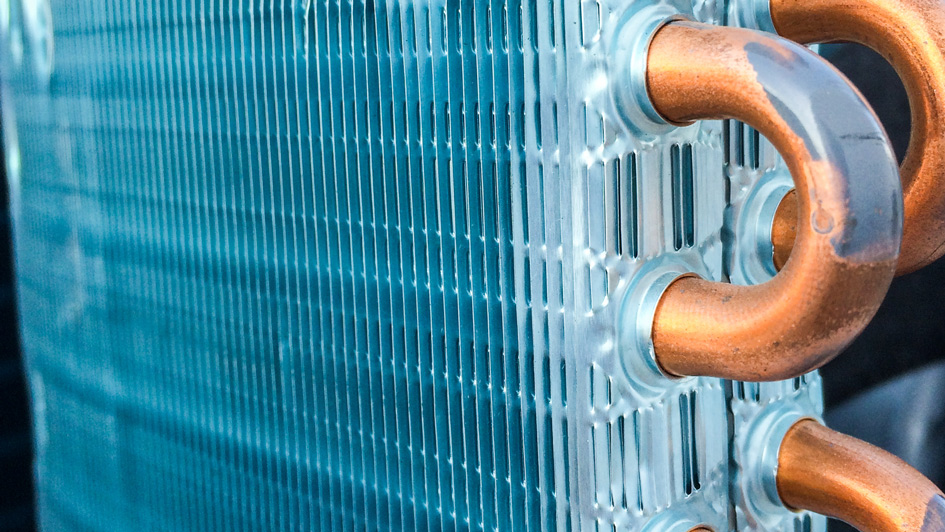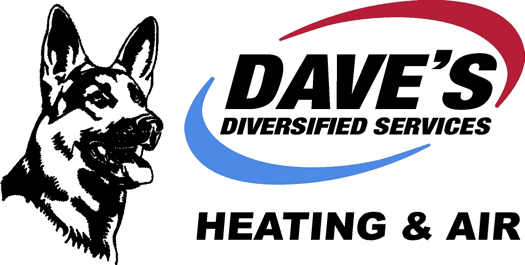
A furnace is almost always a background player at home, ensuring you're warm during the cold winter months. It regularly doesn’t get noticed until something breaks down.
One cause could be that your furnace has a cracked heat exchanger. It can potentially be hazardous, so it’s critical to know the signs of a cracked heat exchanger and what you can do if you are worried that might be the problem.
What Is a Heat Exchanger in a Furnace?
A heat exchanger helps move heat from the combustion chamber of your furnace to the air that moves throughout the system. It generally does this via coils or tubes that heat the air while serving as a barrier to keep byproducts created in the combustion chamber, called flue gasses, from leaking out into your home.
Is a Cracked Heat Exchanger Dangerous?
Thanks to its central role, it isn't surprising that a damaged heat exchanger can be hazardous. A damaged heat exchanger can enable dangerous gasses – like carbon monoxide, which can be lethal – to circulate through your home.
For this reason, never turn on your heating if you believe it has a cracked heat exchanger, as doing so could make the entire family sick. Reach out to an HVAC professional immediately if you are worried your heater has a cracked heat exchanger that needs to be repaired.
Four Symptoms of a Cracked Heat Exchanger:
- Furnace switches off: A cracked heat exchanger can cause your furnace to shut off.
- Odd Smells: If the air escaping your furnace has a powerful chemical scent, it may be a sign gas is slipping through cracks in your heat exchanger. These gasses, which may smell like formaldehyde, are a major warning sign.
- Carbon monoxide alarm is triggered or you notice poisoning symptoms: If a cracked heat exchanger is relieving carbon monoxide into your home, your carbon monoxide alarm could go off or family members could struggle with signs of carbon monoxide poisoning. Symptoms include headaches, dizziness, weakness, nausea, vomiting or feeling drowsy. If your alarm goes off or you feel unusually tired, leave the home right away and then call for help.
- Soot: If you spot black sooty accumulating around the exterior of your furnace, it’s an indication something might be seriously wrong.
What You Can Do if Your Furnace Heat Exchanger is Cracked
If you believe your furnace has a cracked heat exchanger, hire a pro with extensive experience in furnace installation Front Royal as soon as possible so they can inspect your system and, if necessary, handle a furnace heat exchanger replacement. Costs often fluctuate depending on the situation, but estimates run in the neighborhood of $1,000 to $3,000.
Estimates aside, the good news is that heat exchangers are generally protected by the warranty. It's a good idea to confirm the warranty paperwork on your furnace, because while the warranty may not cover the entire cost of repairs, it can significantly lower your bill.
How to Avoid a Cracked Heat Exchanger in Your Home
One of the most convenient ways to prevent a problem in your furnace overall is via regular furnace maintenance. Furnaces offer the most benefits when they work efficiently. Calling a skilled professional to inspect your furnace for worn-out parts, dirty filters and other likely problems can keep you from getting a big bill later on.
It’s also a good idea to take a look at your furnace filters every few months – it’s recommended some filters be changed every 90 days or sooner if they are dirty or grimy. While the filters are not part of the heat exchanger itself, the strain of dragging air through a clogged filter makes the entire furnace work more vigorously to complete its job. And the harder your furnace works, the more wear and tear pieces like the heat exchanger will experience.
